The coconut tree is known as the Coconut Tree of life in Asia. Burma, Cambodia, Indonesia, Laos, Malaysia, Philippines, Sri Lanka, South India, Thailand and Vietnam. All parts of the tree are used in everyday life. The roots are used as dyes for coloring. The trunks are used as timber for building, carpentry, and kitchenware. They traditionally weave the leaves for use as mats, roofing material, and even as separators for the rooms in wooden homes. In cooking, they weave the leaves into hollow cubes to make hard-boiled rice cubes called “Katupat” in Malaysia, Indonesia, and Singapore.
Coconut milk and oils are transformed into all kinds of health and beauty products. They have been in everyday use locally in most countries across South East Aisa long before they became popular globally. Health enthusiasts have rediscovered coconut’s immense health and nutritional value. According to ayurvedic medicine, the value of coconut milk is equal to that of human mothers’ milk. In Southern India, mothers feed nursing babies with freshly squeezed coconut milk as a substitute when they cannot produce sufficient milk themselves. One of the reasons why the coconut tree is considered the tree of life.
Thus, making coconut oil a primary source of omega oils for human development in vegetarians. In addition, coconut oil has a high burn index, ideal for pan or deep frying as coconut oil can withstand high temperatures during cooking.
Unfortunately, this Fruit of life has suffered tremendous bias in the sixties due to malicious industrial, commercial propaganda. Over half a century, multinational corporations have massively undermined the health benefits of these incredulous live giving fruit. The same is done to many naturally healthy curative products another example: NONI. Thou the noni is still being used in many places for its beneficial effects. Today coconut products are back in the mainstream health market in a massive way.
Homemade Facial scrub: 1 teaspoon baking soda and two teaspoons of extra virgin coconut cream mixed thoroughly and regularly applied on your face will help cleanse, replenish your skin glow with vitality, and maintain suppleness.
Benefits:
- Fights Alzheimers
- Lower blood pressure
- Fights inflammation (appropriate amount lauric acid)
- Inhabits negative microbial & viral (properties adequate quantity of Capric acid)
- Cancer-fighting potential
- Immune system booster
- Memory and brain function
- Energy and endurance
- Improve digestion
- eases gallbladder diseases
- Improves skin
- Prevents osteoporosis
- Prevents tooth disease and decay
- Improves ii diabetic
- Weight loss as increases metabolic rates
Healthy Fats and Coconut Oil
Coconut oil is rich in medium-chain triglycerides (MCT), made up of healthy fatty acids. A large portion of these fatty acids is lost during the refining process. Still, they are present in unrefined coconut oil, which means that the fat content of unrefined coconut oil may prove beneficial. A 2008 issue of the “American Journal of Nutrition” contained a study that found that a diet high in medium-chain triglyceride-rich oils, like coconut oil, helps improve overall body-weight levels and increased fat loss when compared to olive oil. Researchers concluded that because of the strong weight- and fat-loss benefits of medium-chain triglyceride oils, even a small change in oil intake could increase weight loss.
Unlike most vegetable oils, coconut oil is solid at room temperature. In the cold winter months, coconut oil is pretty hard! If you keep it close to the cooker, it is pretty easy to dig a spoon or cut off a chunk with a knife. Coconut oil will begin to liquefy at 76°F. Last summer, my container of coconut oil was completely liquid for a couple of weeks, unusual for where I live! Depending on your location globally, coconut oil may likely be liquid unless refrigerated, especially in hotter regions. Coconut oil has a high smoking point of 350°F. This makes it optimal for almost all cooking. It’s also used in various food retailers, including fish & chip shops in the UK, for deep frying as a healthier choice.
Before you start cooking, it’s helpful to understand a few facts about coconut oil.
* It’s easy to digest *Not readily stored as fat *Are microbial and anti-fungal * Smaller in size and facilitate cell permeability * Easily processed by the liver to be immediately converted to energy.
Frying Temperature
Deep-fried is not the healthiest or worst tasty stuff on the planet. Rather what is important to know is that a high smoke point of oil in deep, pan-frying, sautéing, baking & roasting compared to other cooking oils, coconut oil is very stable and can withstand high cooking temperatures.
Peanut and coconut oil has one of the highest smoke points. Let’s face it; many people love fried food. Unless you become a health fanatic, enjoy a zig the 95% the healthy way and a little zag 5% the not so healthy way some of the time.
Appropriate oil temperature safeguards healthier fried food items. One tip is a cold item, when fried, absorbs less oil. While foods fried will absorb oil, they will be many times less oily when it’s placed in the refrigerator for a while before you fry it. The proper temperature will inhibit scorching, can better preserve nutrients, and reduce the absorption of oil. During pan or deep frying, the oil temperature of 370 to 330 ºf and 180 -160ºc makes refined peanut and coconut oil the best option for these cooking methods.
When sautéing temperatures may be as low as 285ºf, either refined or unrefined peanut or coconut oil is suitably healthy.


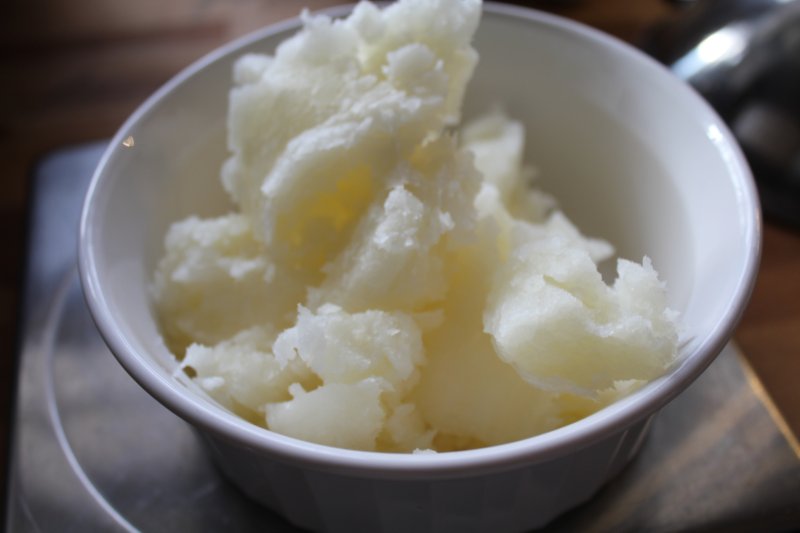

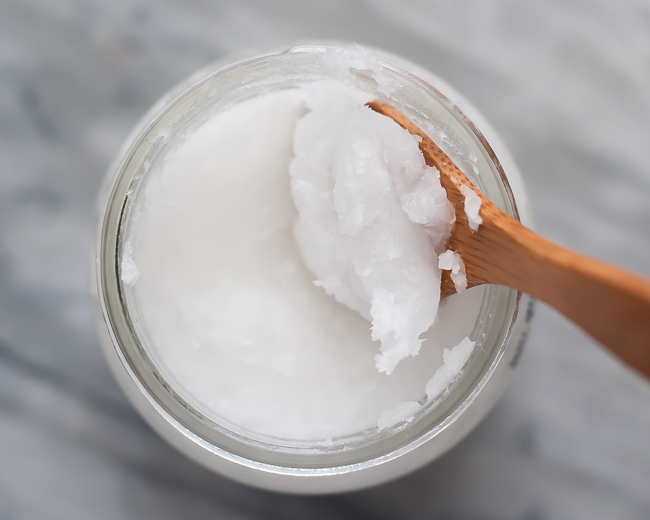
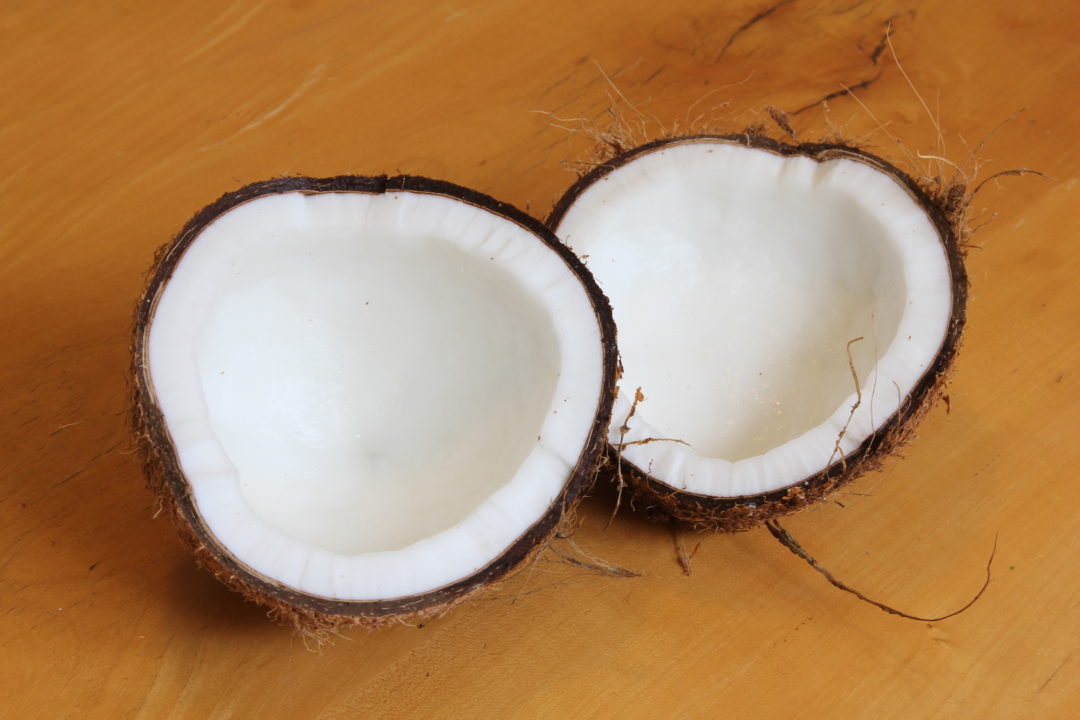
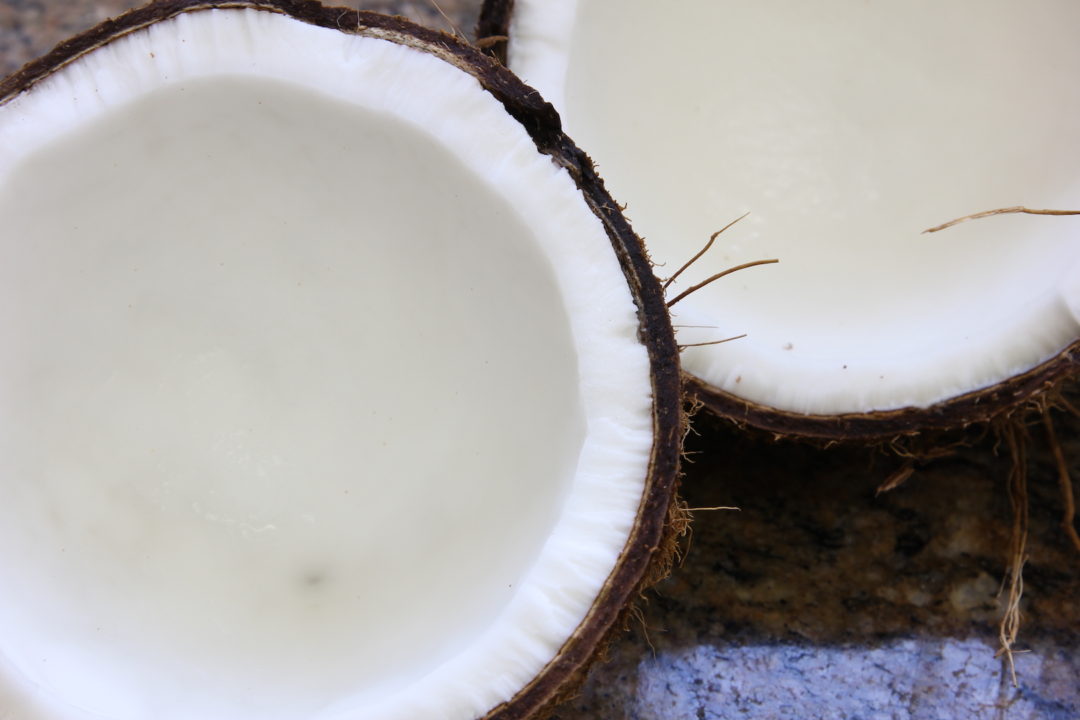

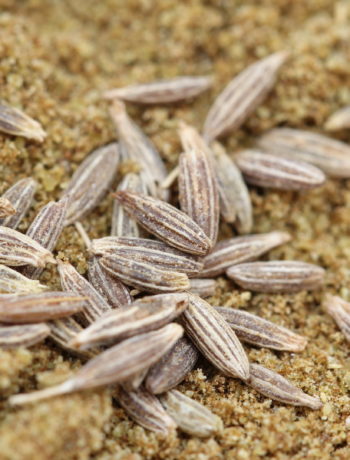

No Comments